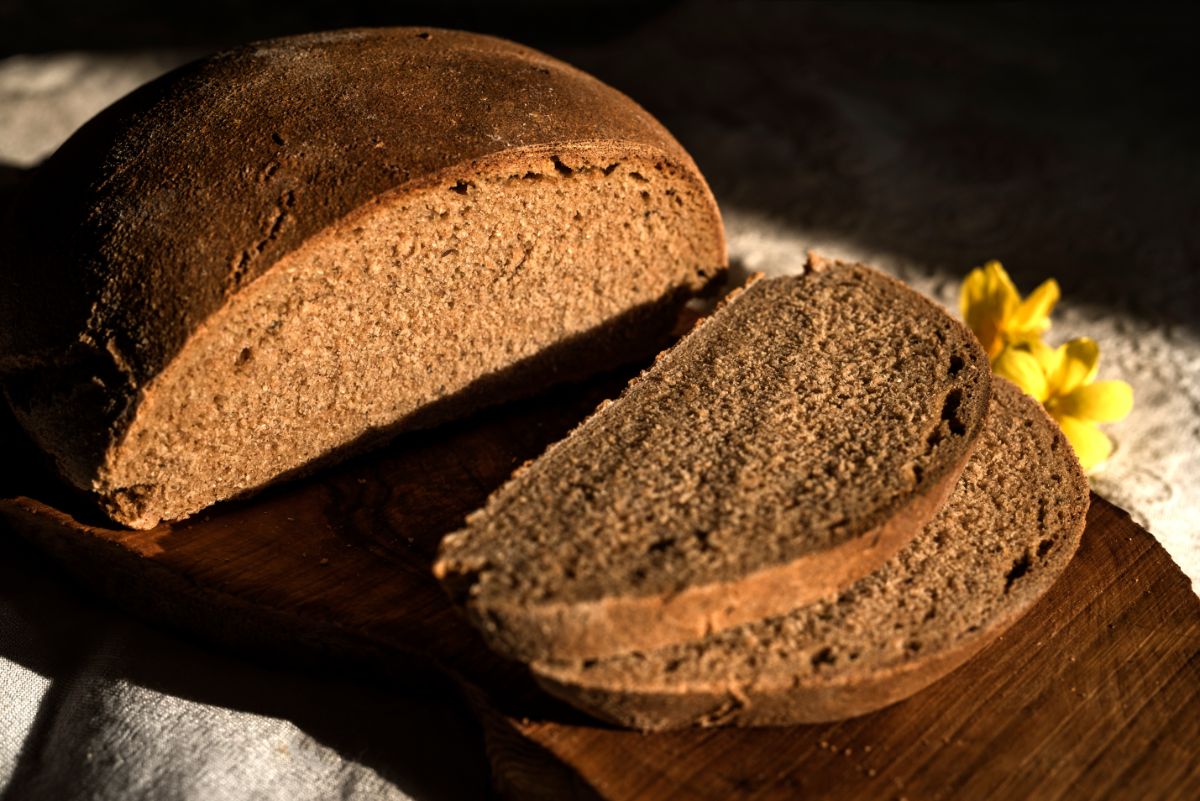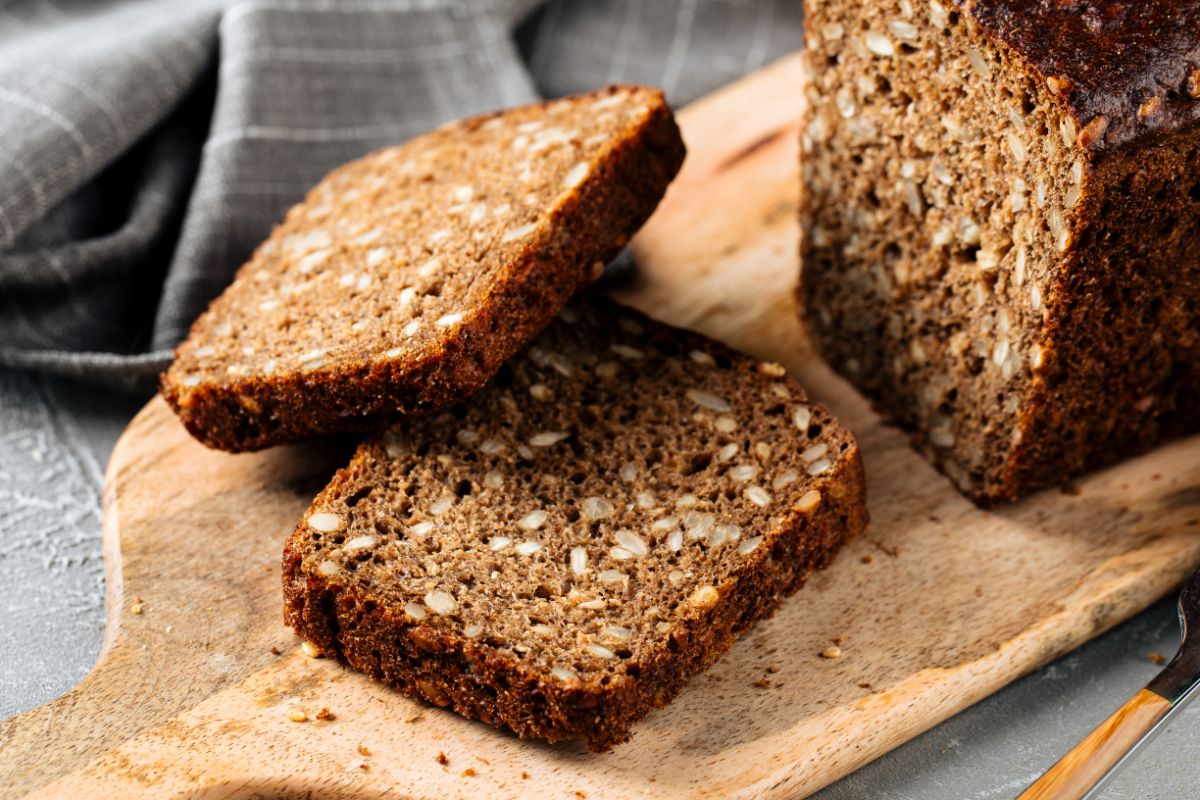With the skyrocketing number of gluten-free sandwiches, you may be left wondering whether what you consume from the shelves is ideal for human health. It is no doubt that various governments are padding their wallets with the sales of GMO products. On the other hand, it is not quite easy to home-bake a good sandwich with a glossy interior, excellent crust, and enticing flavor.

But, how healthy is a home-made bread? For a bread fiend, home-baked bread may not be as good as the commercial one. However, it is very adaptable. You are free to choose what to use as ingredients. It is the excess additives, salt, and preservatives that make the commercial sandwiches unhealthy.
With homemade baking, it is easy to watch what goes into the bread. And, unless you want to keep the loaf for future use, almost all the sandwiches made at home end up with no preservative.
Ditching Salt Intake
Salt plays an important role in bread baking. It tightens the dough, reduces the rate of oxidation, minimizes stickiness, controls fermentation, and determines the shelf life. It is what brings out the flavor and aroma of the different ingredients used in baking.
There are different types of salts that you can use for baking. Some contain additives while some are just pure. Some contain Sodium Chloride that is relatively ideal for good health. Taste-wise, they realize the same results. Health-wise, iodized salts will affect your immune system when taken more than the recommendable level.
In-home baking, you are the chef. Don’t be swayed into believing that health consciousness relates to reducing the amount of salt in your recipe. That has deleterious effects as far as the quality of the resultant slices is concerned.
The best way to make healthy bread without burying its quality aspect is by choosing a healthier type of salt to work with. Minimizing salt intake relates to reducing the number of slices you take daily.
Ditching Additives
Factories use different types of additives in bread making for various reasons. Antioxidants are mainly for extending the shelf life and minimizing cases of stale slices. Dough conditioners realize an ideal texture. Emulsifiers control the gas bubbles.
Sweeteners enhance taste and help in retaining moisture. No one will think of how harmful these substances are until they look at their chemical names on the packaging.
Leave alone that. There are even more ingenious ways in which commercial bakeries adulterate the loaves in the supermarket. Some have gone ahead to include human hair, high fructose corns and chicken feathers in their recipes.
They use the processing aids (advanced enzymes) to speed up metabolic reactions. The result is a compelling loaf that is overly cheap but with devastating health consequences.
Aside from flour, a typical homemade bread contains only water, yeast, and salt. Of course, you are free to use sugar. But, for health consciousness, you can easily eliminate it.
In sourdough and naturally leavened loaves, even yeast is unnecessary. With no advanced enzymes, additives, and preservatives, domestic loaves are the healthiest bread so far.
Ditching Preservatives
It is no doubt that you will only bake bread for instant use. As a result, chances are thinner that you will use some preservative on the dough. After all, with the fridge or freezer, you are pretty sure of chilling the dough up to that moment when you will be free to bake.
You can even freeze or refrigerate the bread for future use.
In the absence of the two equipment, you can opt for natural additives.
These include vinegar, vitamin C, plant extracts, and cultured starches. They are the best alternative for the artificially prepared additives that are laden with a list of harmful chemicals.
Health Benefits of Whole Grains

In home-baking, you will always end up with either whole grain or white bread. Your taste and preference matter a lot. However, before baking, here is something that you need to know.
In as much as the two types of bread have excellent tastes and aroma, health-wise there are many effects that they come with. White bread has more harm than good.
They dispense excess calories to the consumers and provide low essential nutrients. With physical inactivity, you can gain excess weight and become obese through regular intake of the white bread.
Unlike in white bread, whole grains are rich in soluble fiber. Therefore, they are easy to digest since they keep the digestive track’s movement regular. Lactic acids in whole grains create a conducive environment for beneficial digestive bacteria.
Other health benefits of baking whole grains include; minimizing body cholesterol level, low blood pressure, weight check, redistribution of fat, blood sugar regulation, provision of essential minerals, and many more.
With domestic baking, you have the freedom to choose between preparing healthy bread from whole grains and going for the refined white grains with insoluble fibers.
Health Effects of Whole-Wheat Bread
In several circumstances, you will hear some of your friends complain about bloating after taking whole-wheat bread. In that case, they are either wheat intolerant or sensitive.
Some of the major symptoms in the two cases are allergic reactions, coeliac disease syndromes, cramps, vomiting, and diarrhea. The best solution to the two problems is cutting out wheat products and replacing the whole-wheat bread with other alternatives.
Wheat sensitive people have problems digesting it. However, some people effectively do with cooked wheat since they are easier to digest. You can try sourdough bread or French-wheat bread when baking at home.
Conclusion
You are what you eat. The distinction between you and that obese person who is not able to walk a mile without taking a break lies in checking on what ends up in your system.
Home baking is a huge milestone in determining what to make out of your bread. You are free to use what fits your health condition at a given period. Know yourself. Adore health-conscious recipes even in other meals. And, keep your body in outstanding health at any given time.
